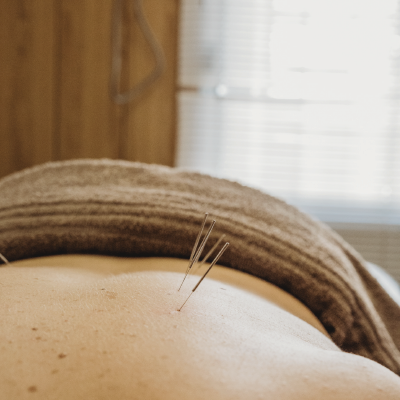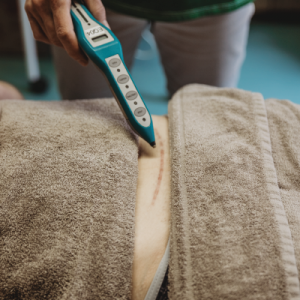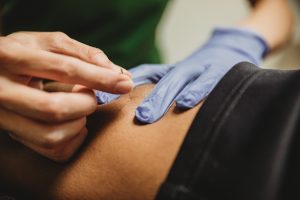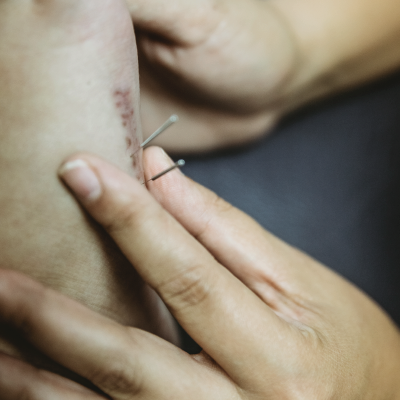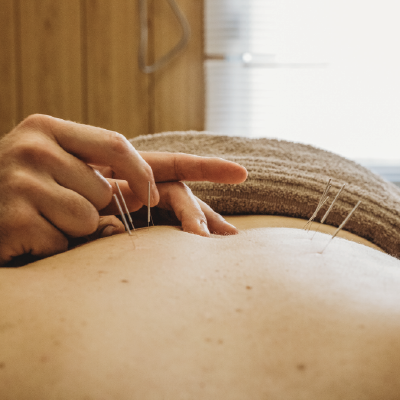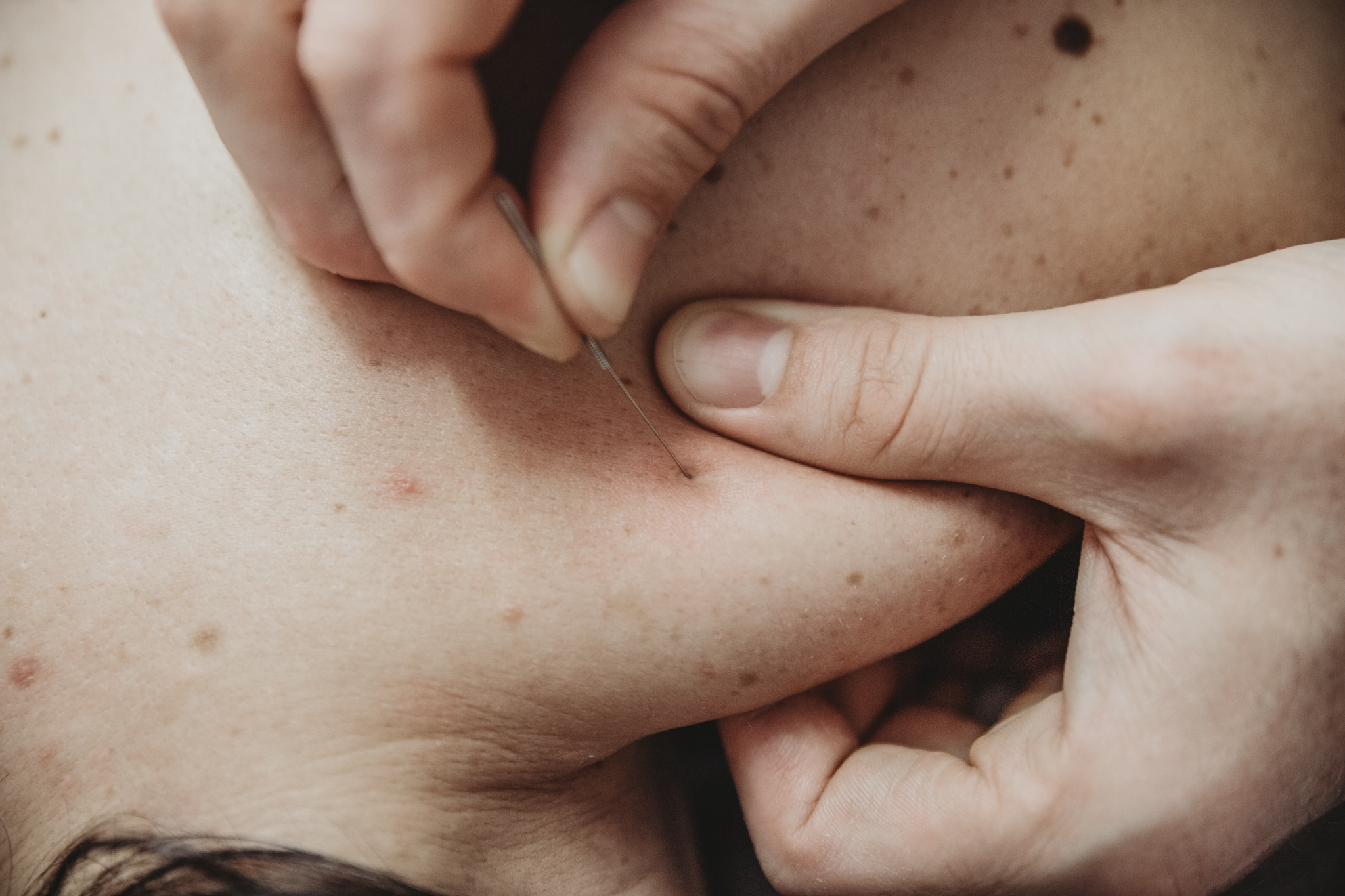
MODALITIES
In physiotherapy, we use a variety of modalities to manage you or a loved one effectively.
One such modality is strapping. Strapping is a supportive technique used by physiotherapists. There are many different types of strapping material that you may be familiar with such as ridged tape, Kinesotape and general adhesive tape to name a few.
Strapping is applied in a variety of techniques to assist you on your recovery, but why do we strap?
- To immobilise injured joints.
- To protect weak joints or muscles from further injury or re-injury.
- To reduce pain.
- To improve muscle function.
- To reduce swelling and/or oedema
Another common modality we use is laser. Laser is a safe and painless therapy tool to assist with scar management. It however can be used to assist with pain, swelling, and inflammation, and promote natural tissue healing. It has a soothing and restorative effect. It works at a cellular level to produce these effects and has a deeper penetrating light frequency to ensure healing occurs deep within the tissues.
We can use laser therapy for various conditions, including:
- Cracked nipples associated with breast feeding
- Scar tissue management
- Painful joint conditions
- Ligament sprains
- Pressure ulcers
- Wisdom teeth extractions (immediately post-operative or within a day of having the procedure done is most effective)
- Deep cuts and incisions
A new on-the-block treatment modality is shockwave therapy Shockwave therapy is a non-invasive treatment in which a device is used to pass acoustic shockwaves through the skin to the affected area. It is a mechanical wave and NOT an electric one. It helps to relief pain for those stubborn chronic tendinopathies . conditions that shockwave therapy can assist with are and not limited to:
- Bursitis
- Tennis elbow
- Patella pain
- Planter fasciitis
- Hamstring tendinosis
- Shoulder pain and rotator cuff calcification
- Golfer elbow
The last mentioned treatment modality is dry needling. Dry needling is a technique often confused with acupuncture; however, one must not confuse these two techniques. Dry needling is a medically grounded technique that can be scientifically explained. It is an effective and useful treatment tool that is safe when applied through a trained professional. It is proven to relieve muscle spasm, and to encourage healing of chronic and inflammatory conditions.
So how is it done?
A very thin needle is inserted into the soft tissue area that has been identified through your physiotherapist as the cause of your pain. The needle is inserted in a specific manner to produce a twitch response in the tissues, this allows for reflex relaxation to occur in the area. There are also the beneficial effects of increased blood flow to the area for optimal healing. It is a relatively quick technique and a valuable addition to a physiotherapy treatment session.
Areas and conditions commonly treated with needling include:
- Back and neck pain
- Sciatica
- Headaches
- Jaw pain
- Painful muscle spasm
- Tendonitis painful joints
- Sinus pain and sinusitis

